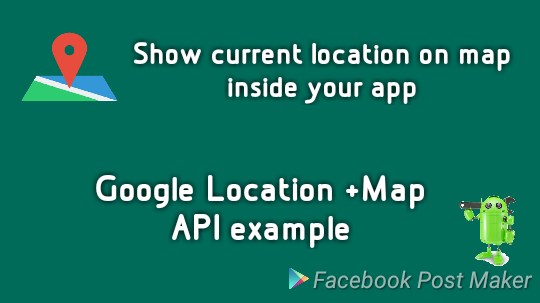BroadcastReceiver is one of the four basic Android Components. In this example we will be learning how to create a BroadcastReceiver and listen for broadcast. Before that let us first understand what are Broadcasts
What are Broadcasts?
Consider a situation in which you are downloading a large file in your app and suddenly the battery goes critically low , you don’t want the download to stop abruptly and would like to show the user a notification/dialog so that he can pause the download. Creating a service just to keep on checking the battery power would be too much work for a simple notification. What if the android system itself notifies you of any such system event like battery low or airplane mode.
Guess what? It does!. And you can handle these events very efficiently. These events are known as broadcasts and you need to handle them in a broadcast receiver. Your app can have its own custom broadcasts which it can send within the app or to other apps on the device to notify them of an event they might be interested in.
One common use case of sending broadcasts within the same app is mentioned here:
Suppose you have updated your profile details in an activity inside the app, you would like the updated changes to be reflected immediately in all the other active activities without having to refresh them. In this case you can send a broadcast informing the other activities that the profile details are updated
Continue reading →

